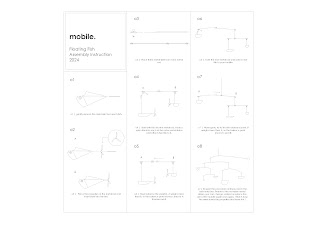It was a pleasure and a privilege to receive the invitation to participate in a special issue of Engramma magazine on Toy Architecture.
I took the opportunity to finally tidy up the many ideas, concepts and content that I had developed over the last 12 years that I taught the Architectural Toys course at the Faculty of Architecture of the University of Porto.
Number 213 of June 2024, on top of that, has a group of authors of the highest quality, all around a theme that has gained space and robustness over the last few years until reaching a worthy epistemological status.
The article is written in Italian, but being online it is easily translatable into several languages.
Enjoy the reading!
https://www.engramma.it/eOS/index.php?id_articolo=5556

















































